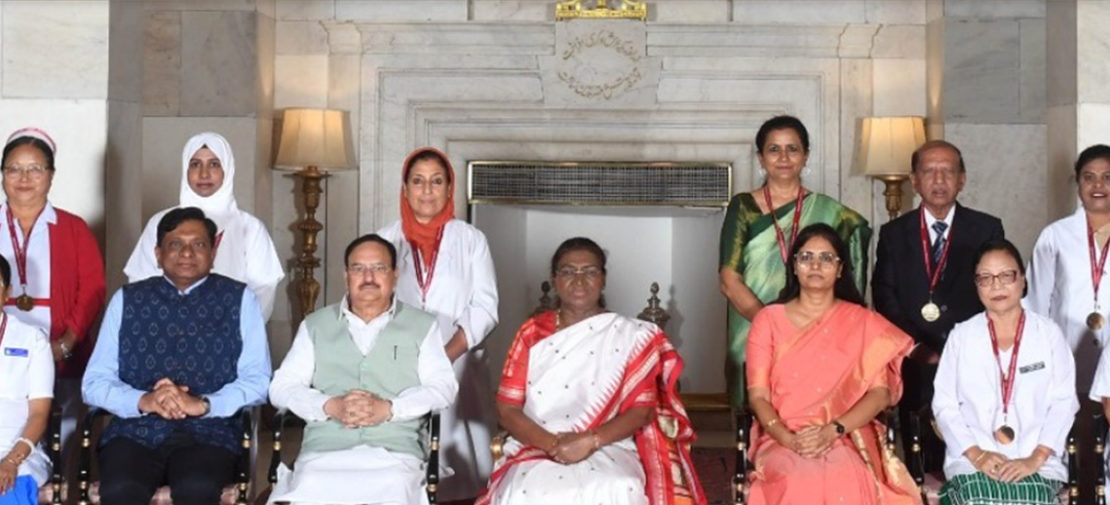Share
Managing Social Media Platforms for President of India
Title
Social Media and Marketing Project of Rashtrapati Bhavan: Promotion of Tourism for Preserving Heritage and Inspiring people Engagement.
Introduction
Rashtrapati Bhavan, the iconic residence of the President of India, embarked on a comprehensive social media account handling project to promote its rich heritage, including the museum and Amrit Udhyan (Herbal Garden), to a global audience. The project aimed to showcase the historical significance, architectural splendor, and natural beauty of Rashtrapati Bhavan, thereby attracting more tourists and fostering a deeper appreciation for India’s heritage.
Objective
The primary objective of the project was to increase awareness and interest in Rashtrapati Bhavan’s heritage, museum, and Amrit Udhyan among tourists and history enthusiasts. The project aimed to achieve this by creating compelling content, engaging with followers, and highlighting the unique features of Rashtrapati Bhavan’s cultural and natural assets.
Challenges:
- Complex Heritage: Rashtrapati Bhavan’s heritage is rich and multifaceted, requiring a strategic approach to present it in an engaging and accessible manner.
- Limited Online Presence: Rashtrapati Bhavan’s online presence was limited, requiring a significant effort to establish and grow its social media accounts.
- Educational Content: Developing content that is both informative and interesting to educate the audience about Rashtrapati Bhavan’s history, architecture, and significance.
- Engagement Strategy: Formulating a comprehensive engagement strategy to interact with followers, respond to queries, and encourage user-generated content.
Approach:
- Content Strategy: A detailed content strategy was developed to showcase the heritage, museum, and Amrit Udhyan of Rashtrapati Bhavan through a mix of videos, photos, articles, and interactive posts.
- Engagement Plan: An engagement plan was implemented to actively interact with followers, respond to queries, and conduct virtual tours and live sessions to increase user engagement.
- Collaborations: Partnerships were established with historians, conservationists, and travel influencers to create authentic and informative content about Rashtrapati Bhavan’s heritage.
- Visual Appeal: Emphasizing the visual appeal of Rashtrapati Bhavan, the museum, and Amrit Udhyan through high-quality photos and videos that showcase their beauty and significance.
Outcome
The promotion of tourism through social media activities led to a significant increase in the visibility and popularity of Rashtrapati Bhavan’s heritage, museum, and Amrit Udhyan. The social media accounts witnessed a substantial growth in followers and engagement, with posts garnering likes, shares, and comments from a diverse audience. The project also helped in educating the public about Rashtrapati Bhavan’s history and significance, leading to a greater appreciation for India’s heritage.
Future Plans
The Rashtrapati Bhavan authorities received a highly encouraging response to the tourism of Rashtrapati Bhawan heritage through social media activities. Hence they have further plans to continue its social media initiatives, with a focus on further enhancing its content strategy, increasing engagement with followers, and exploring innovative ways to promote its heritage, museum, and Amrit Udhyan. The goal is to establish Rashtrapati Bhavan as a leading cultural and historical destination in India.
Conclusion
The social media and marketing project for Rashtrapati Bhavan’s heritage, museum, and Amrit Udhyan has demonstrated the power of social media in promoting tourism and fostering cultural appreciation. By leveraging social media platforms effectively, Rashtrapati Bhavan has been able to showcase its rich heritage and natural beauty to a global audience, thereby attracting more tourists and promoting India’s cultural heritage.
